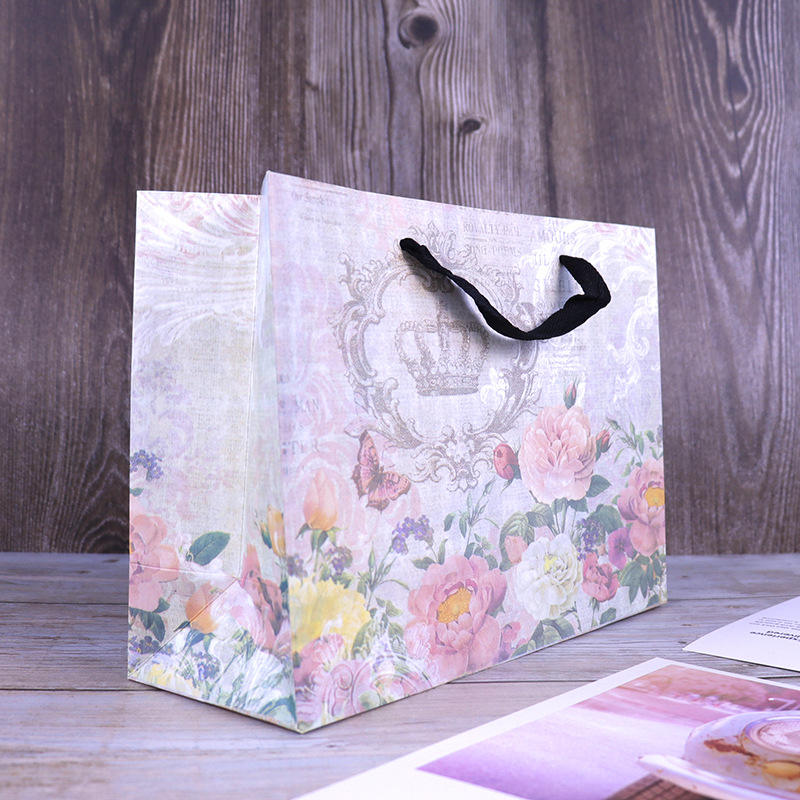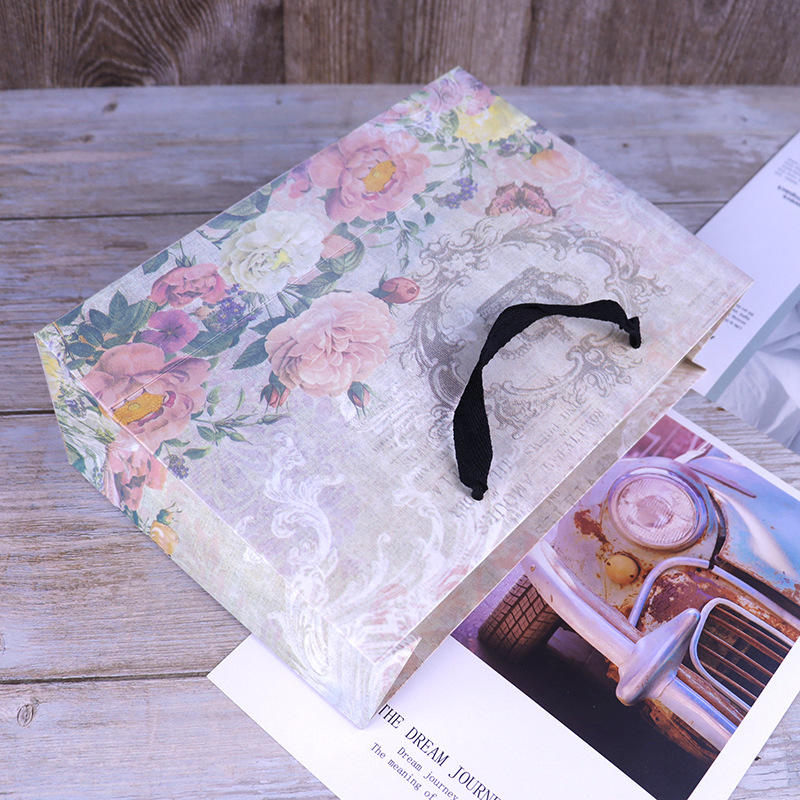The origin story of glassine bags dates back to the late 19th century. Glassine is a smooth and glossy paper that is water-resistant and translucent. It was invented in the early 1870s by the French chemist Paul Schutzenberger.
Initially, glassine paper was used primarily for wrapping photographic negatives and prints, as well as other delicate items that required protection from moisture and dust. However, as the use of glassine paper became more widespread, manufacturers began to explore new applications for it.
In the early 20th century, glassine bags started to be used for packaging a wide range of goods, including food, pharmaceuticals, and other products that required protection from moisture and air. The bags were lightweight, durable, and highly resistant to grease and oils, making them an ideal packaging solution for a variety of different items.
Today, glassine bags are still widely used for packaging and protecting a range of items, from food products like baked goods and candy to craft supplies like beads and buttons. They are prized for their water-resistance, grease-resistance, and transparency, which allows customers to see the contents of the bag without having to open it.



